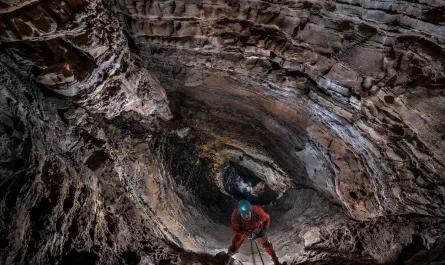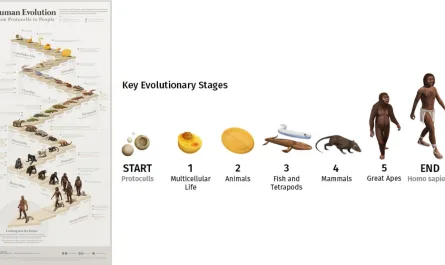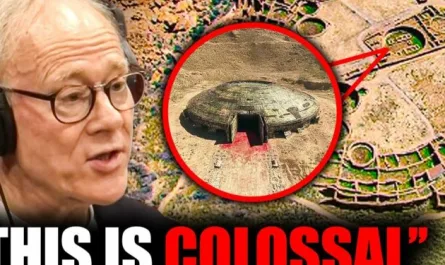The discovery of lost cities in the Amazon in 2024 stands out as one of the year’s most thrilling archaeological breakthroughs. These urban centers, hidden beneath dense rainforest vegetation and uncovered using LiDAR technology, revealed an advanced and thriving pre-Columbian civilization in an area previously thought to have been sparsely inhabited.
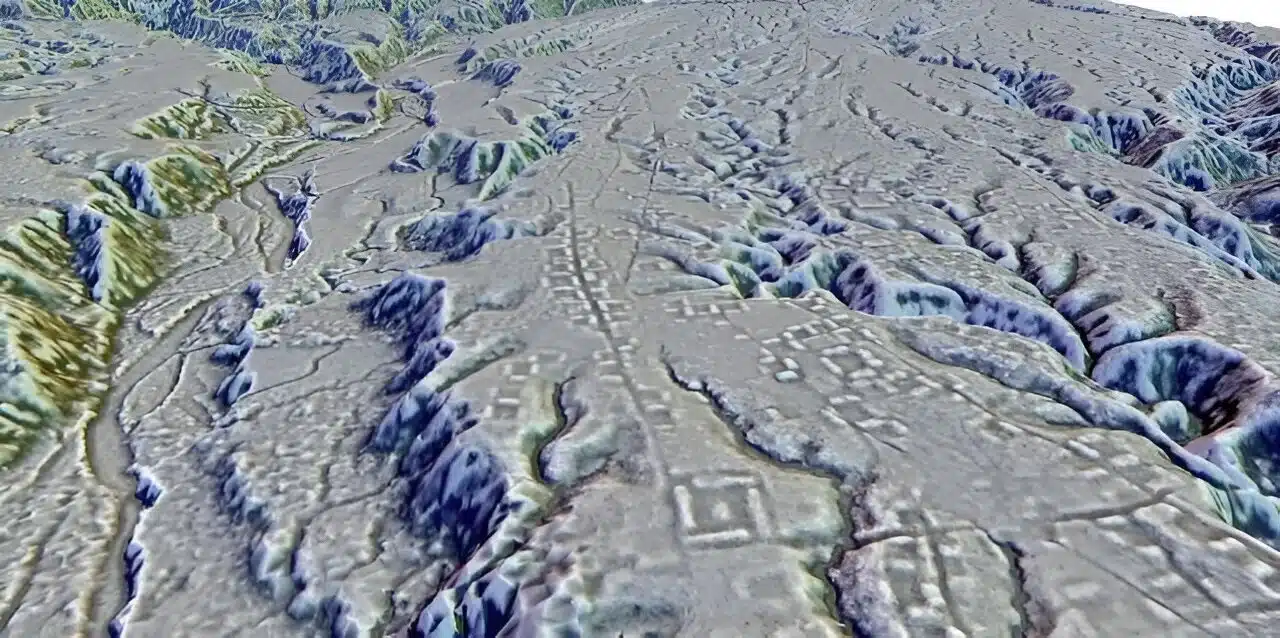
In January 2024, archaeologists uncovered a cluster of lost cities in the Amazon rainforest home to at least 10,000 farmers about 2,000 years ago.
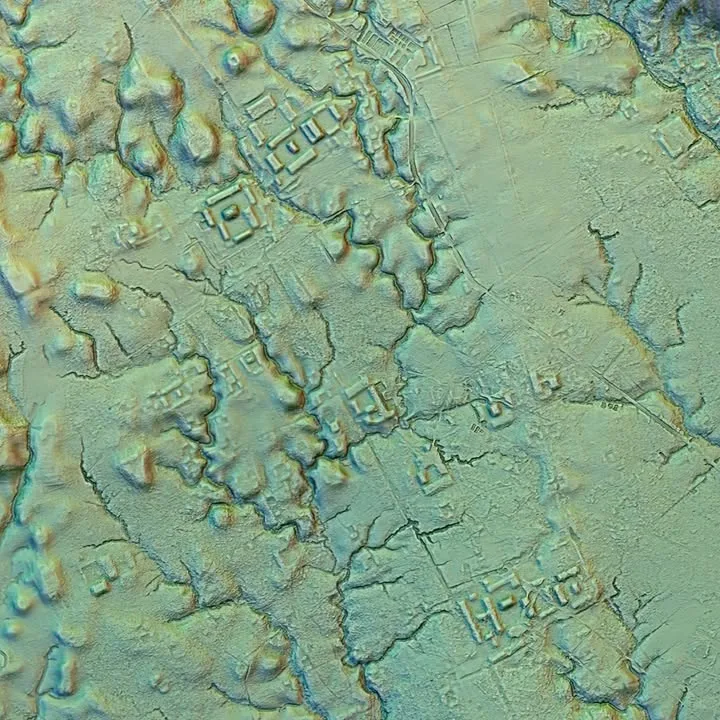
A series of earthen mounds and buried roads in Ecuador was first noticed more than two decades ago by archaeologist Stéphen Rostain. However, at the time, “I wasn’t sure how it all fits together,” said Rostain, one of the researchers who reported on the finding in the journal Science.
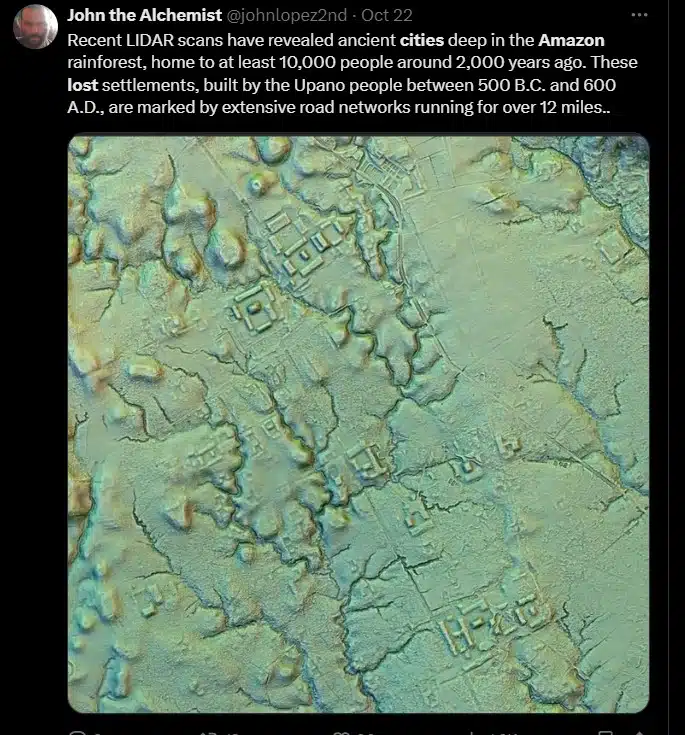
Recent mapping by laser-sensor technology revealed those sites to be part of a dense network of settlements connecting roadways and tucked into the forested foothills of the Andes. They are settlements believed to have been in existence for about one thousand years.
Valley of cities: Archeological discovery of 2024
“It was a lost valley of cities,” said Rostain, who directs investigations at France’s National Center for Scientific Research. “It’s incredible.”
The settlements were occupied by the Upano people between approximately 500 BC to around 300 to 600 AD, a period roughly contemporaneous with the Roman Empire in Europe, the researchers found.
The survey exposed over six thousand raised earthen platforms covering an area of three hundred square kilometers. These platforms once supported wooden buildings, as evidenced by excavations revealing post holes and fireplaces.
Typically measuring about ten by twenty meters and standing at two meters high, most platforms are believed to be former residential sites. The largest one, at 40 by 140 meters and towering over 5 meters, is thought to be a location for significant structures used in ceremonies.
Surrounding these platforms were fields, many of which had drainage facilitated by small canals dug around them. Rostain said the valley underwent extensive modifications.
Pottery analysis shows there was cultivation of corn, beans, manioc, and sweet potatoes in the surveyed region. There were a total of five significant settlements in the area. Rostain describes them as “garden cities” because of their sparse distribution of buildings.
The survey also unveiled a network of straight roads formed by the excavation of soil and building it up on the sides. The longest road stretches for at least twenty-five kilometers, with the possibility of extending beyond the surveyed area.
While it is difficult to estimate populations, the site was home to at least 10,000 inhabitants and perhaps as many as 15,000 to 30,000 at its peak, said archaeologist Antoine Dorison, a study co-author at the same French institute.
Amazon rainforest untouched until the 15th century
Many people believe the Amazon Rainforest was mostly untouched until Christopher Columbus arrived in the fifteenth century. However, early European explorers discovered farms and towns in the area.
Though these reports were initially ignored, recent discoveries of ancient earthworks made by farmers have supported these claims. One estimate suggests that as many as eight million people lived in the Amazon before Columbus arrived, as reported by New Scientist.
This discovery not only rewrites Amazonian history but also opens new avenues for the understanding of human adaptation and sustainability in challenging environments.
